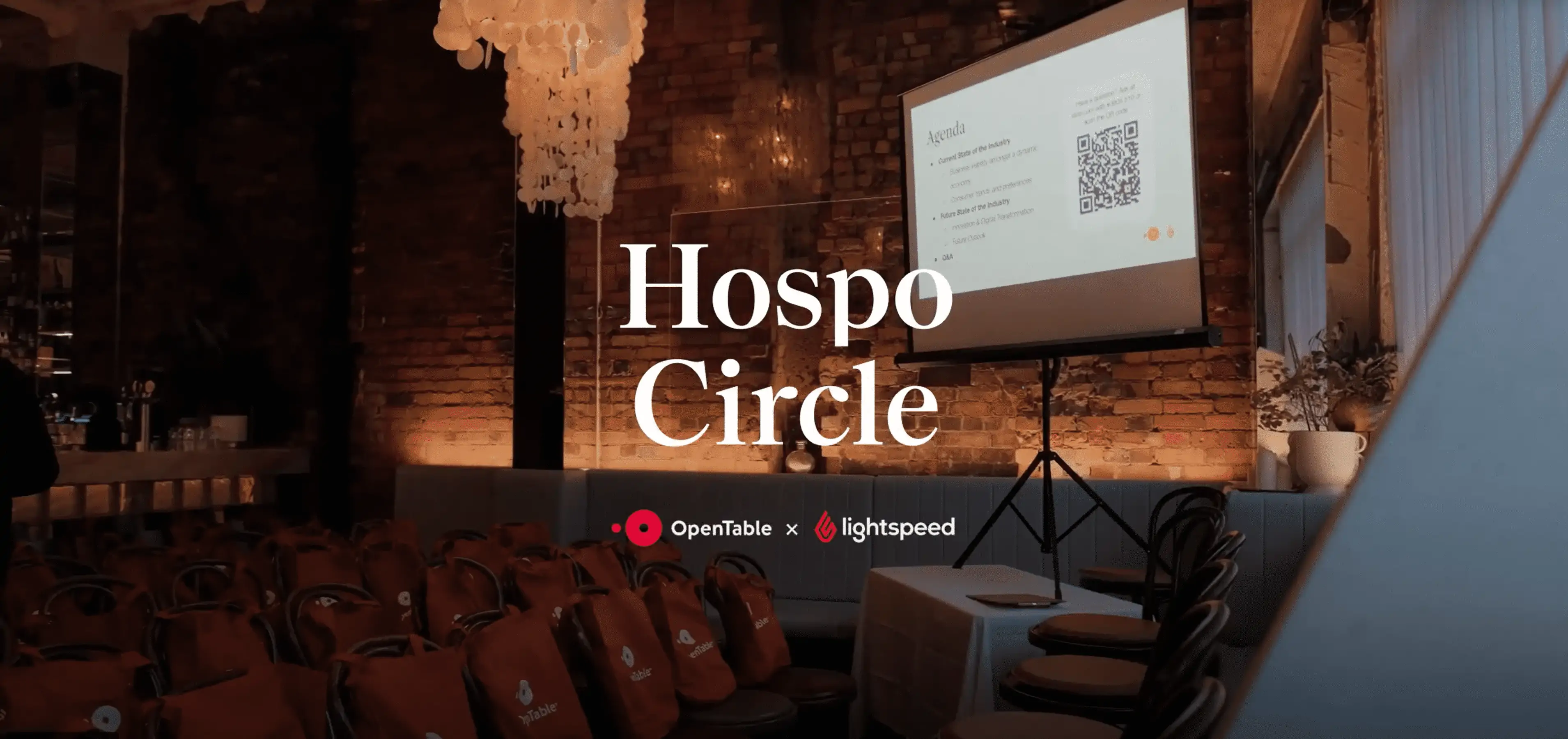The restaurant industry is changing at lightning pace, with new technology and global influences impacting local venues more than ever before.
Eleena Tan, who is co-founder of Brandworks, which designed HWKR in Melbourne’s Eq.Tower, believes while the advancements can feel overwhelming, it is vital for restaurateurs to incorporate them in order to overcome challenges that might arise.
When it comes to technology, she says chat bots and convenience will be big in 2019.
“Customers – especially millennials – demand instant gratification nowadays, and that has been further fuelled by the convenience that technology offers,” Eleena says.
“Chatbots are also an emerging trend as an easier way for businesses to reach customers directly through messaging platforms such as Facebook Messenger, WeChat, and WhatsApp.

Australian start-up Convo, for example, builds customised chatbots for brands that customers can interact with and order through. Chatbots are a cost-effective solution to improve customers’ experience, build brand loyalty, and serve as an avenue for direct marketing.”
There will also be new types of currency emerging. “Blockchain technology – used by companies such as Liven, allows customers to spend and earn cryptocurrency instantly,” Eleena says. “QR payment methods such as Ali Pay, We Chat pay and BOOST (Malaysia) are other forms of currency technology to watch out for. QR code payment is a contactless payment method where a payment is performed by scanning a QR code from a mobile app. This is an alternative to doing electronic funds transfer at point of sale using a payment terminal. These technologies will only become more and more relevant over the coming years.”
Eleena also says as our world continues to move online, brands and companies are leveraging the physical and the digital – the literal and the virtual. “This new space allows for new types of brand interactions – the phygital world,” she says. “Restaurants are taking to this new opportunity and we are certainly seeing this in Melbourne. The Broadsheet Kitchen, for example, is a limited-time pop up restaurant curated by the highly popular online Australian city guide. The restaurant acts as a physical embodiment of their digital persona and promotes the same values.”
Eleena believes immersive theatre and the experience economy will become more prominent in restaurants this year. “Immersive theatre has had a strong effect on the cultural landscape, from supper clubs to exhibitions, and is also influencing retail, hospitality and design innovation,” she says. “By showing the process to achieve the result, through an open-kitchen, or an espresso machine on the front counter, the experience feels more authentic, and the customer more engaged. The consumer mindset is shifting from not only buying things to doing things; to creating memorable experiences. The two cornerstones of the experience economy are customer participation (active or passive) and connection via absorption and immersion; this is best achieved by engaging all five senses.”
In locations where foot-traffic is high, and rents are higher, retailers are increasingly choosing to maximise their front-of-house areas to allow the highest number of customers at any time. To allow for this extra space, kitchens and storage are being moved off-site to less attractive but cheaper locations and only service counters and smaller final-assembly kitchens are remaining in-store.
A new generation of fusion food is also emerging as the world becomes more globalised and cultural influences are merging.“Individual palates and taste preferences tend to be shaped by the national foods of the country we’ve grown up in,” Eleena says.
“Now, thanks to diversifying populations and cultural migration, the global palate is widening, and new flavour combinations are being adopted. Vibrant fusion restaurants and emerging food cultures are taking multicultural food to another level, making sure to honour local heritage while exploring interesting new possibilities.”
Francis Loughran, who is managing director of global food and hospitality consultancy Future Food, believes menu prices may increase in 2019 in order to support “honest wages” for hospitality staff following extensive media coverage about employees not being adequately paid.

“We have to consider how employees are going to be treated in the future,” he said. “It’s very, very important. Everyone is equal, and we should all have the wage we deserve for our work.”
He says the rise in home delivery services may also see restaurants expanding their kitchens or operating kitchens in a separate location that are easy to access and park.
He also believes affordable fine dining is the next big thing. “We have concepts such as modern Japanese, modern Asian or even modern Lebanese that have gone beyond fast food,” he says. “There are groups offering fine dining at affordable prices. They do it through value and specialisation.”
Tourism Australia is anticipating a regional restaurant revolution this year, with a new wave of restaurants rivaling their big city siblings by tapping into the best produce of their region. Top nosheries in the countryside include The Lake House and Wickens at the Royal Mail Hotel in Victoria; Harvest, Paper Daisy at Halycon Cabarita Beach and Muse in NSW and The Long Apron and Harrisons in Queensland.



